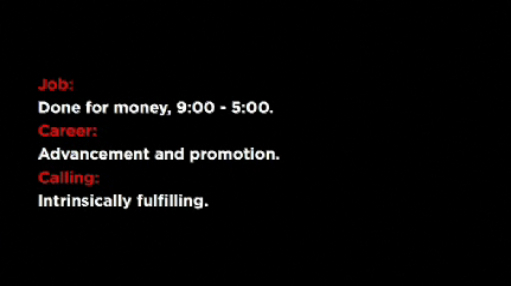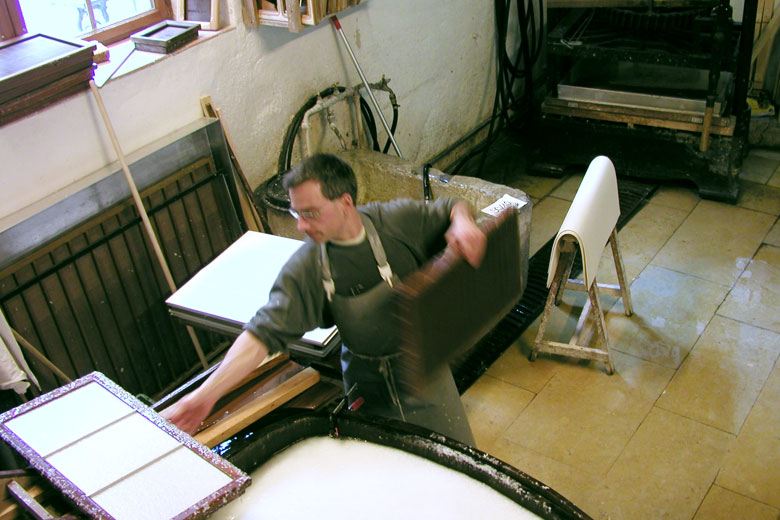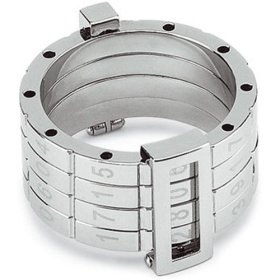The beautiful, late-career typographic illustrations of Yakov Chernikhov (1889–1951) have been published in a new, georgous volume, Graphic Masterpieces. There is loveliness in the hand drawn, cryllic forms. This volume is well worth checking out. The James Puckett review of the book from ilovetypography.com is shown below.
Graphic Masterpieces of Yakov G. Chernikhov
Reviewed by James Puckett
Yakov G. Chernikov (1889–1951), was a Russian artist, designer, and architect learned in classical and modern styles. As a draftsman he was on par with Piranesi and Rembrandt; his most forward-thinking drawings resemble the style of Yoshitaka Amano. This combination of knowledge and skill made him one of the most accomplished Russian Constructivist writers and architects; Chernikov designed sixty buildings—although most were not built—and wrote numerous books about architecture and graphic design.

In the late 1920s the state-controlled world of Soviet architecture began to turn against the Constructivists. In 1932 Stalin tired of the pointless political debate between Constructivism’s remaining supporters and many critics. He barred architects from political speech and limited Soviet architecture to classical revival. Unable to practice in his Constructivist style, Chernikov began drawing architectural fantasies that were usually not intended to be built. But he still needed work free from politics and in the 1940s he began to study and draw typefaces, an activity unlikely to draw attention.
Intended for used in an architecture textbook Chernikov’s typeface drawings are examinations of historical alphabets. These are not the overly rationalized alphabets of the renaissance, although Chernikov did examine the alphabets of Durer and Tory. Chernikov’s letters are modeled on historical forms, drawn onto grids with notation about proportion and geometry. The grids are arranged as tables for easy comparison. Consistent with Chernikov’s belief that graphics are superior to words these tables can be understood without Russian literacy. Most of the alphabets are Russian Cyrillic but there are also examinations of Slavonic, Latin, Greek, Phoenician, Persian Cuneiform, Cypriot, Demotic, Hebrew, Burmese, Samaritan, Tibetan, Syriac, Ethiopic, Palmyrian, Manchu, Arabic, Formosan, Iberian, and Georgian alphabets.

Chernikov also excelled at non-objective drawing, leading him to develop complex ornaments in a new constructed style. His ornamental drawings reveal a powerful imagination and great technical skill. Chernikov achieved accuracy and beauty that rival great Islamic ornamentation without aping it. At a glance these ornaments resemble Spirograph drawings; examination reveals myriad circles painstakingly drawn along a path combine to form lively gestures. Chernikov drew by hand what today can seem only possible with a computer.

Graphic Masterpieces of Yakov G. Chernikhov: The Collection of Dmitry Y. Chernikov is composed primarily of images from the collection of Dimitry Chernikov, one of Yakov Chernikov’s sons. For the first time it presents all of the typeface drawings at full size and in color. Also shown are architectural drawings and ornaments collected from a notebook and two other books. Facsimiles of a sketchbook and a diary supplement the book.

An essay by architecture historian Dmitry Chmelnizki discusses Chernikov’s life and work. Essays by Dmitry Chernikov illuminate his father on personal and familial levels. These writings are short and to the point, putting Chernikov’s work in the political context of its time without getting mired in Soviet history.
Every image in these volumes is wonderful. Most of them appear at full size; this makes the typeface drawings especially useful as every small number, letter, and line is perfectly legible. Seeing the architectural drawings at size reveals Chernikov’s ability to draw gesture and detail with equal skill.

The notebook and diary facsimiles are a brilliant addition to this set. How often does one wish to peruse the notebooks of a genius? Now we can see right into Chernikov’s process. The diary will not be useful to those who cannot read Russian, but I expect that those who can read it will be happy for the chance.
Designer Daniela Donadei has taken advantage of the grand scale of Graphic Masterpieces of Yakov G. Chernikhov (335mm x 458mm) to create a monument. Text is laid out like a lectern bible typeset in Akzidenz-Grotesk. Few books show so much respect for their subject. The set comes in a box that is attractive, sturdy, and will protect the notebook and diary. This design is exquisite and perfectly executed.

Graphic Masterpieces provides a fabulous presentation of genius. As an art book it provides eye candy of the highest caliber. As a work of book art collectors will adore it. I can find only one notable flaw: an edition of 500 should prove far too small.
Graphic Masterpieces of Yakov G. Chernikhov: The Collection of Dmitry Y. Chernikhov.
Dmitry Y. Chernikhov, Author; Uta Keil, Editor; with an essay by Dmitry Chmelnizki.
Designed by Daniela Donadei.
$148/€148, Published by DOM publishers, ISBN 978-3-938666-61-6
Limited Edition of 500.
Text in German, Russian, and English. The English text was reviewed.









